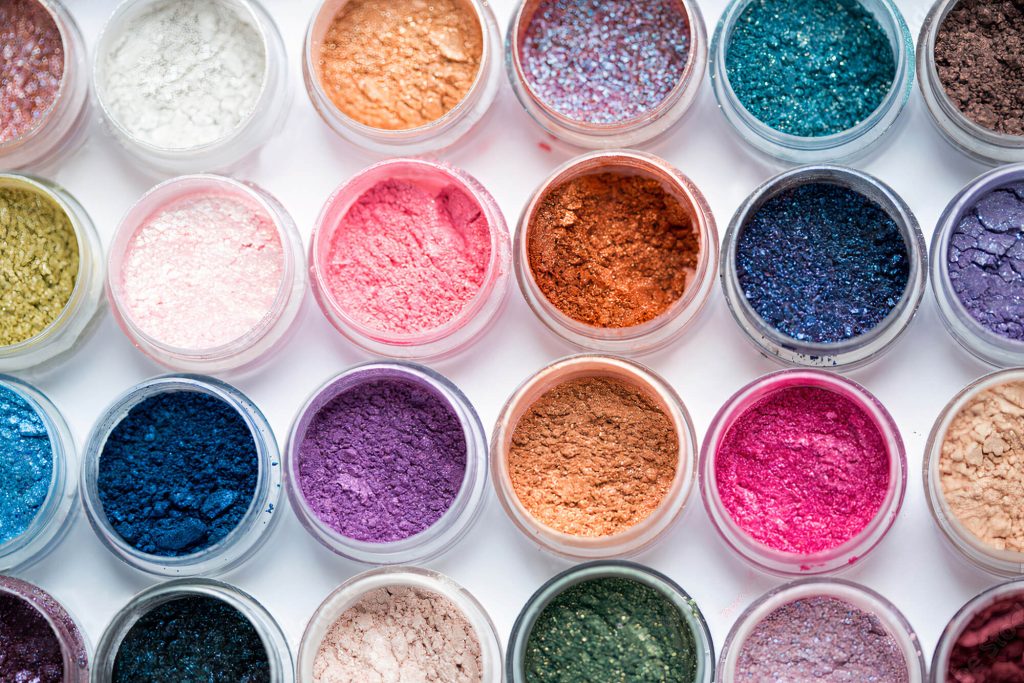What is Pigment?
Pigments are substances composed of insoluble particles used to alter appearance through selective absorption and scattering of light. They are durable, heat-stable, solvent-resistant, lightfast, and migration-fast. There are two types: organic and inorganic pigments.
Home / Pigment
Pigments and Dyes
Color is a crucial factor that influences customers. In highly competitive and fast-paced markets, manufacturers aim to provide unique visual features, especially color, on the products. Dyes and pigments are the most important colorants used to add color or change the color of products in various industries.
Pigment
The term “pigment” refers to a substance composed of fine particles that are virtually insoluble in the medium used and are employed to alter appearance by both selective absorption and scattering of light. Pigment colorants are highly durable, heat-stable, solvent-resistant, lightfast, and migration-fast. There are two types of pigments.
- Organic pigments
- Inorganic pigments

Application of pigment
Pigments are used by many industries such as:
- Automotive and industrial coatings
- Paints
- Plastics
- printing inks
- cosmetic formulations
- Construction materials
- Paper
- Rubber
- Glass
- Porcelain
- Glazes
- Artists
Inorganic pigments
The following table indicate different types of inorganic pigments based on optical properties.
Color | Examples |
White | Titanium dioxide, Zinc sulfide, Lithopone, Zinc oxide |
Red | Iron oxides red, Cadmium selenide |
Yellow | Iron oxide yellow, Chrome yellow, Nickel rulite yellow, Cadmium sulfide |
Blue | Iron blue, Cobalt blue, Ultramarine |
Green | Chromium (III) oxide |
Black | Carbon black, Iron oxide black |
Dyes
Dyes are colored substances that are soluble in the substrate and affect the color by selective absorption of light. Dye colorants are easy to process and have excellent color strength and brilliance, but they are not durable and have poor heat and solvent stability. There are two types of dyes:
- Synthetic dyes (based on petroleum compounds)
- Natural dyes (obtained from plants, animals, and minerals)
Differences between Pigments and Dyes
While both pigments and dyes add color, they differ in their solubility. Dyes dissolve in the substrate, usually water, and disperse at a molecular level, resulting in brighter colors. In contrast, pigments are insoluble and disperse as particles which leads to darker colors. The color properties of dyes depend on chemical structures, while those of pigments depend on both chemical and physical characteristics.
We are here to guide you and provide advice
